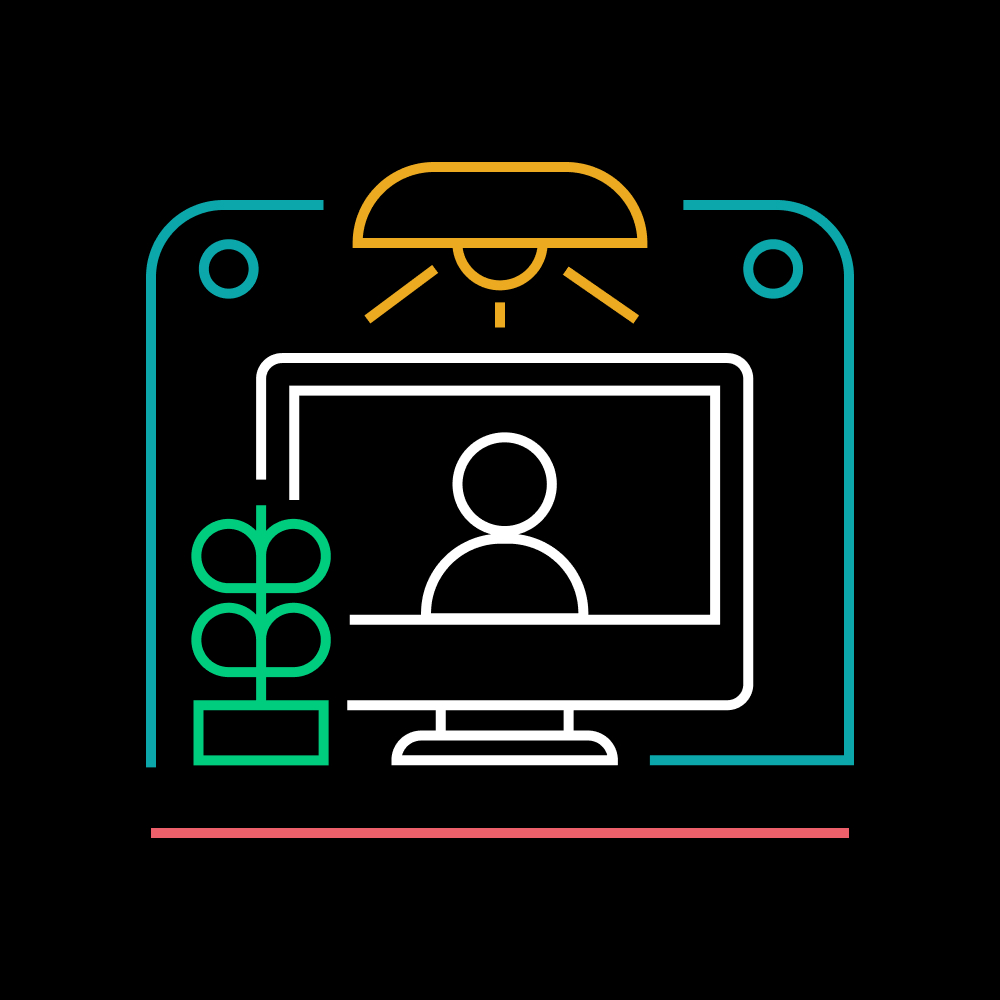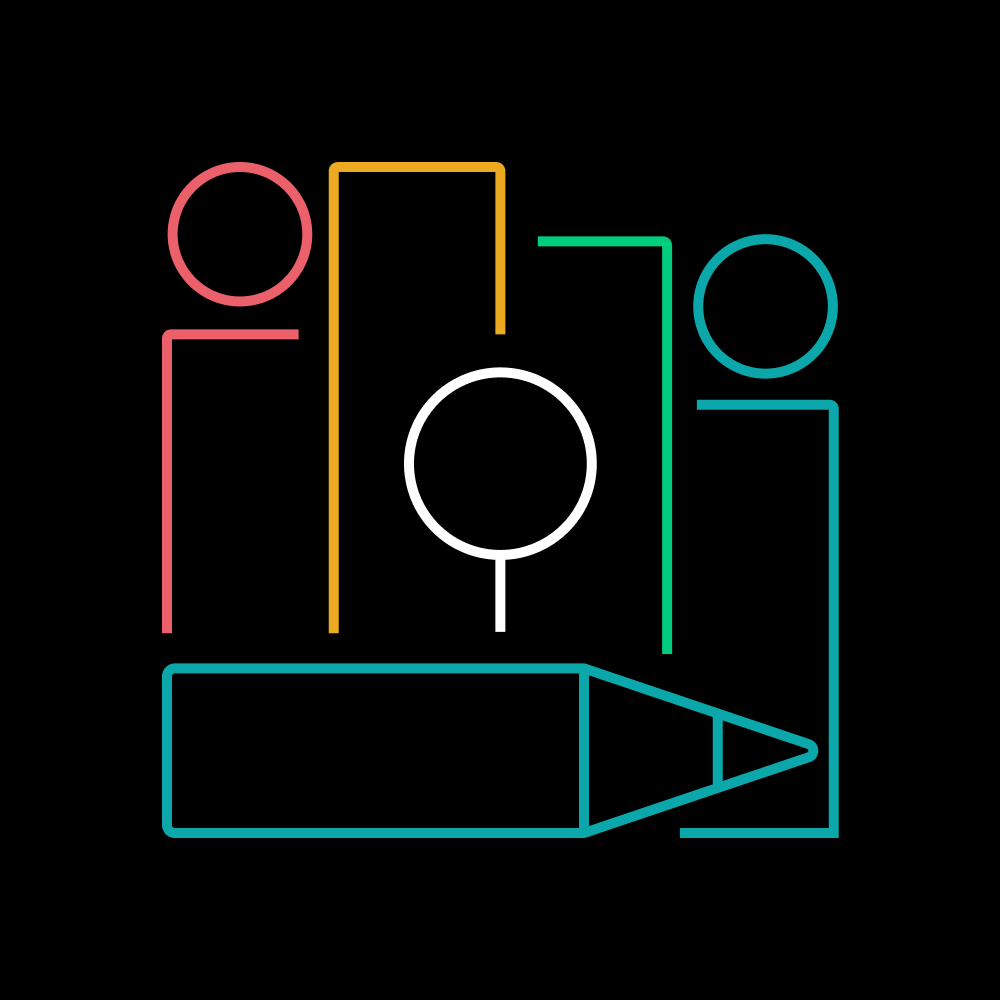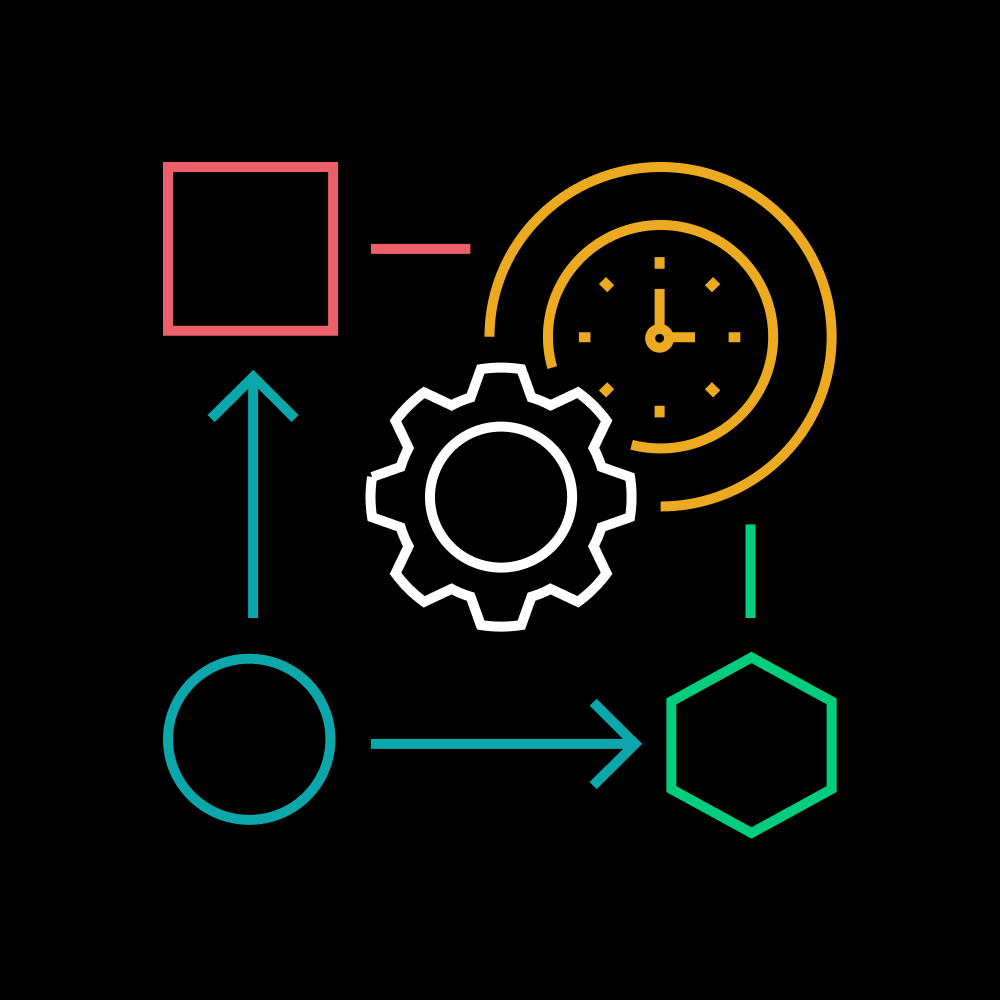
What is asynchronous work?
Discover just how much more productive—and happy—your employees can be when you give them the freedom to tackle their to-do lists on their own time
Posted August 11, 2022 by the Future Forum team
One way to understand asynchronous work is to recognize its opposite.
When you’re working synchronously, you and your colleagues are focused on the same project at the same time, solving problems and answering questions as they arise.
Synchronous work will always be the best approach for certain objectives. But during the pandemic, many knowledge workers discovered just how productive—and perhaps, most importantly, how happy—they could be when they had more freedom to tackle their to-do lists on their own time. And our Pulse data shows just how unwilling your employees are to give up that freedom: today, 94% of global knowledge workers want flexibility in when they get their work done.
But that doesn’t mean every company is ready to make the shift.
The pandemic accelerated “the widespread adoption of remote work,” writes Steve Glaveski in Harvard Business Review. “But instead of taking advantage of this opportunity to improve how we work, most organizations simply took their offices online, along with the bad habits that permeated them.”
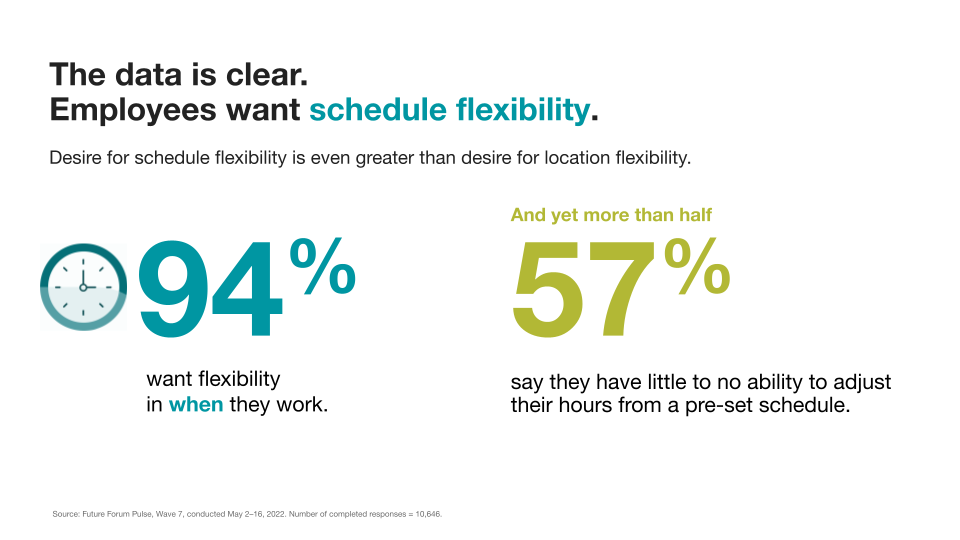
So how can your company avoid these bad habits, and what are the tools, processes, and autonomy your employees need to succeed on their own terms?
“The two behavior shifts we’re focused on the most are getting rid of unnecessary meetings and embracing asynchronous work,” says Alastair Simpson, Vice President of Design at Dropbox. “We believe implementing these two things makes the biggest difference for our employees based on our research to date.”
Asynchronous work, defined
We like Amy Rigby’s explanation over on the Trello blog: “Asynchronous, in short, is when work happens for different people on their own time.” But this doesn’t mean cutting your teams loose to float in an unstructured sea of tasks. Asynchronous workflows succeed when leaders set specific—and fairly high—standards of communication and documentation and when team members clarify and hold to expectations around shared goals and deadlines.
Benefits of asynchronous work
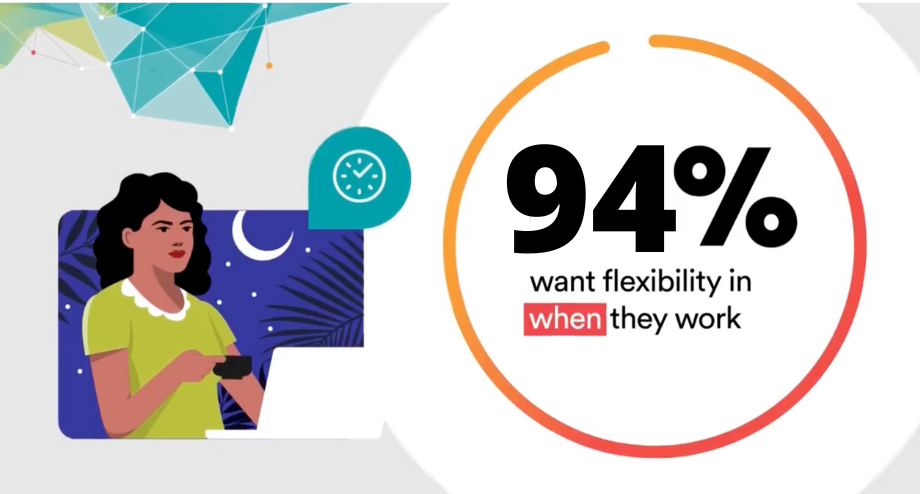
How to get started with asynchronous work
Asynchronous work examples
Slack recently adopted Focus Fridays and Maker Weeks to support the shift to more asynchronous work, following in the footsteps of a select crowd of companies who have worked mostly asynchronously for years, including Toptal, GitLab, and Automattic.
At Automattic, the company behind WordPress, 1,300 employees are distributed across 76 countries, and every hire has worked remotely since the company’s founding in 2005, with no headquarters and no core work hours.
Perhaps unsurprisingly, “Communication” tops the list of the company’s expectations for its employees. But crucially, they don’t leave the term open to interpretation—instead, they spell out both the philosophies and the tactics that each team member should focus on to meet their colleague’s shared expectations: “Be active on P2/GitHub/Slack/wherever your projects get done. Participate on update threads, do an intro video, and add personal details to help build connections. Strive for clarity in your communication with high-level summaries. Have empathy for what others need to extract from your communication—especially when it comes to what you’re working on and how it’s going.”
Automattic employees do use Slack for synchronous collaboration and hop on occasional Zoom calls (though they default to keeping meetings under the 15-minute mark). But the vast majority of their communication and collaboration takes place asynchronously on P2, an internal blog where posts are organized in streams. It’s similar to a Facebook thread, but it is searchable, taggable, and archivable.
“Conversations on P2s take place in-line, update in real time, and provide space for threaded replies,” writes CEO Matt Mullenweg on Distributed, the blog he started to share its perspective on the future of work. “We’ve stuck with P2 for years now, and it has ultimately evolved into a rich source of institutional wisdom and collective company memory.
Thanks in part to its 17 years of practice, Automattic currently sits near the top of his five-level model of distributed work autonomy, Mullenweg notes. He says asynchronous communication has empowered quieter employees and slower, more deliberate thinkers to play a role in big decisions and helped the company hire and retain the best talent and stay focused on results instead of inputs.
Asynchronous work resources
